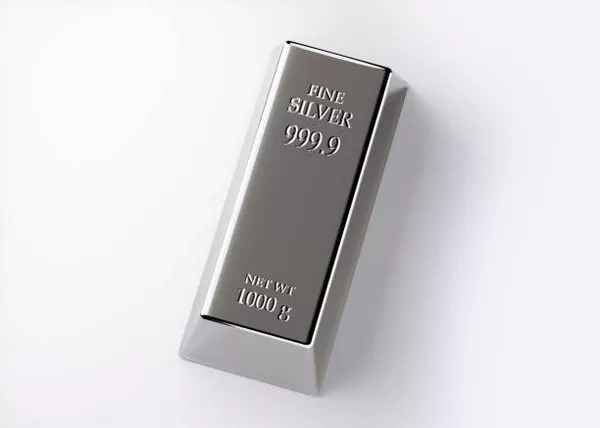The allure of silver has captivated humanity for centuries, its gleaming luster and timeless elegance making it a coveted material for jewelry, flatware, and various decorative items. As the demand for silver persists, so does the prevalence of imitation and counterfeit products flooding the market. Distinguishing genuine silver from its imitators requires a keen eye and some knowledge of key indicators. In this article, we will explore the various methods and techniques to determine if something is truly made of silver.
Understanding Silver Alloys:
Before delving into the methods of identification, it is essential to comprehend the diverse world of silver alloys. Pure silver, also known as fine silver, is too soft for most practical uses. To enhance its durability and strength, silver is often alloyed with other metals, such as copper. Sterling silver, for instance, consists of 92.5% silver and 7.5% copper, creating a more robust material suitable for jewelry and tableware.
However, not all silver alloys are created equal. Some may contain a higher percentage of base metals, leading to a diminished silver content. It is crucial to be aware of these variations when attempting to ascertain the authenticity of a silver item.
Hallmarks and Stamps:
One of the most reliable methods for identifying genuine silver is through the examination of hallmarks and stamps. Authentic silver items are typically marked with specific symbols that denote the silver content and the manufacturer’s identity. These marks vary by region and time period, so a comprehensive understanding of different hallmarking systems is beneficial.
For instance, a “925” stamp on jewelry indicates sterling silver, as it represents the 92.5% silver content. British silver often bears hallmarks such as the lion passant for sterling silver, while American silver may feature the “sterling” or “925” mark. These stamps serve as a clear indication of the authenticity and quality of the silver item.
Magnet Test:
A simple yet effective method for identifying authentic silver is the magnet test. Silver is non-magnetic, so if a magnet is attracted to the item, it is likely composed of a ferrous metal or alloy. Be cautious, however, as some counterfeiters may add a layer of silver over a magnetic core to deceive unsuspecting buyers.
To conduct the magnet test, hold a strong magnet close to the item. If the magnet is attracted, the item is not pure silver. Keep in mind that this test is not foolproof and should be used in conjunction with other methods for a more accurate assessment.
Nitric Acid Test:
For those seeking a more scientific approach, the nitric acid test is a reliable method to determine the authenticity of silver. This test involves applying a small amount of nitric acid to the item in question and observing the reaction. Genuine silver will exhibit a creamy color, while base metals will produce a greenish or grayish discoloration.
It is crucial to exercise caution when performing the nitric acid test, as nitric acid is corrosive and can cause damage to the tested item. Additionally, this method is more suitable for professionals or individuals with experience in handling chemicals.
Weight and Density:
Silver has a specific weight and density that can be useful in distinguishing it from other metals. Genuine silver items should feel heavier than their size would suggest, as silver is denser than many common metals. While this method may not be as precise as others, it can provide a quick initial assessment of an item’s authenticity.
Professional Appraisal:
When in doubt, seeking the expertise of a professional appraiser is a prudent course of action. Experienced appraisers possess the knowledge and tools necessary to accurately assess the authenticity and value of silver items. They can analyze hallmarks, conduct specialized tests, and offer insights into the craftsmanship and historical context of the piece.
See Also: How to Authenticate the Purity of Silver?A Comprehensive Guide
Conclusion:
In a market inundated with imitation silver, it is essential to equip oneself with the knowledge and tools to discern the authentic from the counterfeit. Whether through the examination of hallmarks, the magnet test, nitric acid testing, or professional appraisal, a combination of methods provides a comprehensive approach to verifying the authenticity of silver items.
As consumers, being vigilant and informed empowers us to make wise purchasing decisions, ensuring that the silver we acquire is not only aesthetically pleasing but also of genuine and lasting value. By understanding the intricacies of silver alloys and employing these identification techniques, we can unravel the mystique surrounding silver and appreciate its timeless beauty with confidence and authenticity.


